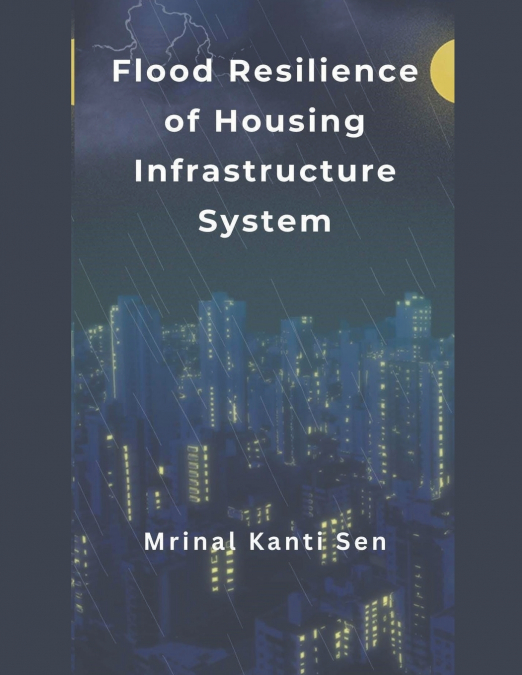
Mrinal Kanti Sen
A natural disaster cannot be anticipated in any kind of form by humankind. These may occur in the form of floods, seismic, volcanos, and hurricanes. The menace of these occurrences cannot be stopped at will, but a robust framework can be created by applying the concept of resilience. Resilience means the strength of a community to resist the effect of any hazard and bounces back to that community’s desired level of performance after the occurrence of the risk. Resilience is defined as a system’s ability to withstand and recover from the effects due to natural or human-made hazards. In any community, the meaning of resilience can be taken as the time taken by the socio-physical infrastructure to bounce back to its original or functional state. The concept of resilience is well established in various domains, such as ecology, finance, engineering, and medical science. Infrastructure resilience mainly depends on four key factors for a particular, where systems’ robustness is the ability to resist the effects of a disaster, redundancy is the availability of alternative resources ensuring operational requirements during/after a disaster, rapidity is the time taken to bounce back to its original/desirable position and resourcefulness is the availability of resources for recovery.Any system’s performance loss and recovery profile are typically uncertain in nature, primarily due to the inherent uncertainty in natural hazards (related to system damage) and the time variation in the restoration process due to resource availability. Performance loss mainly depends on both robustness and redundancy. In most cases, recovery is modelled as a linear or stepped profile for critical infrastructure systems instead of nonlinear. The recovery profile mainly depends on the type of infrastructure system under consideration and resource availability. For instance, a stepped recovery pattern is typically followed in restoring road and bridge systems.